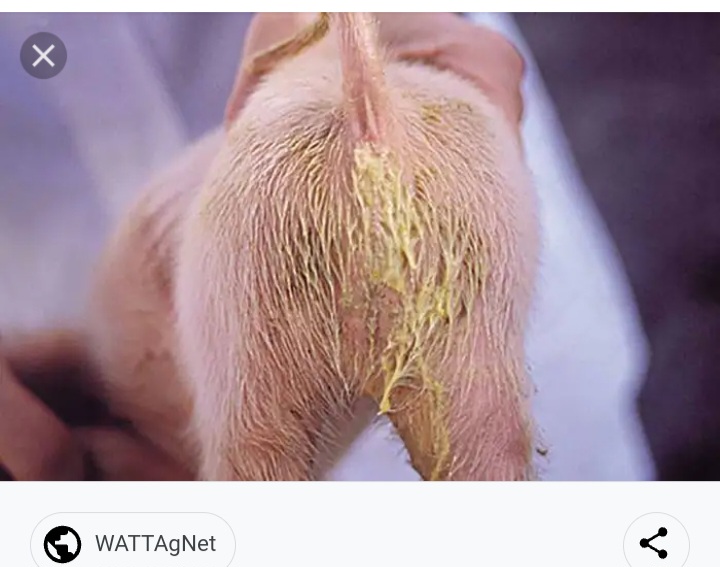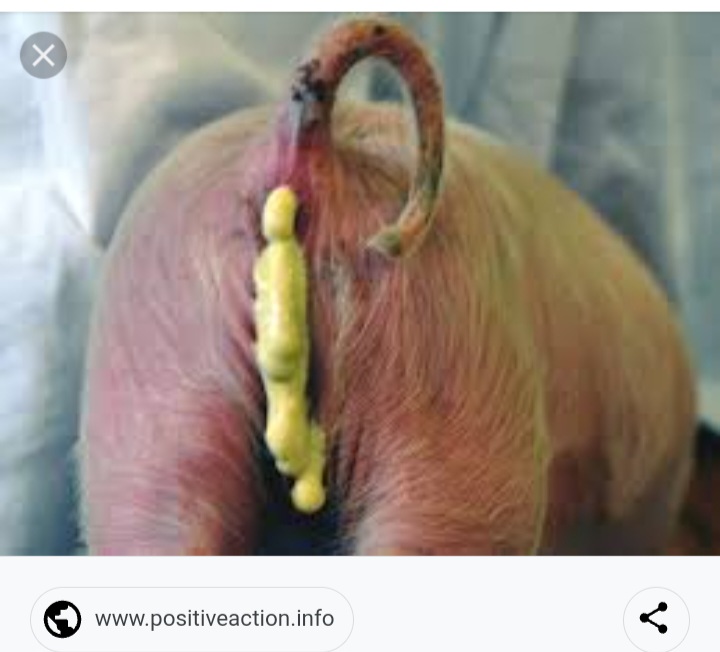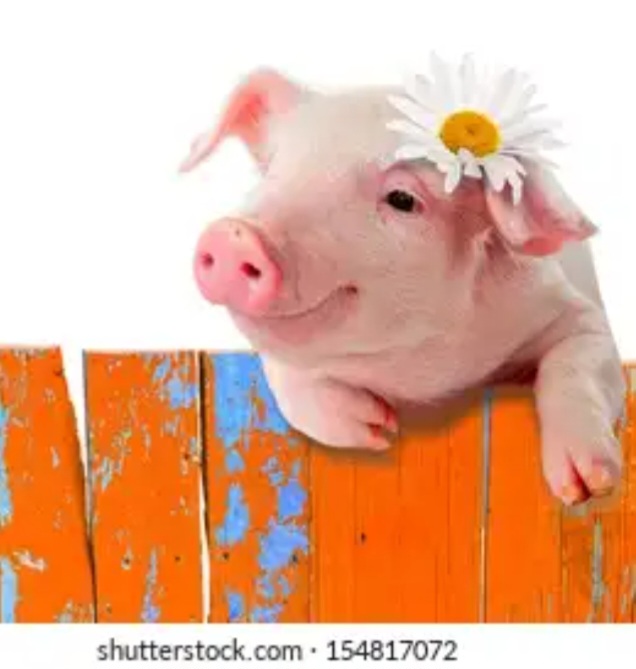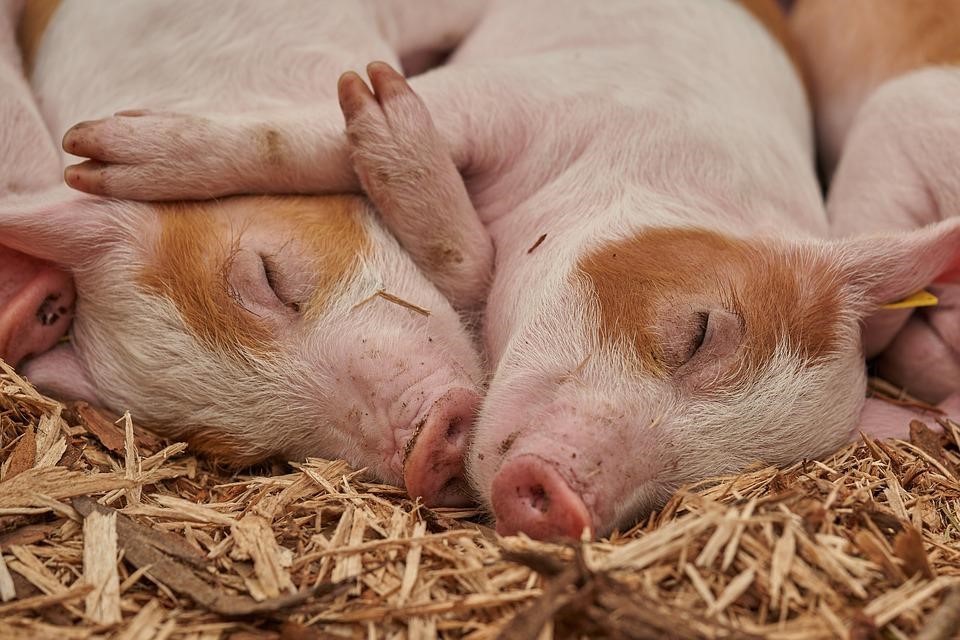
COCCIDIOSIS IN PIGS
Coccidiosis is a parasitic disease affecting the digestive system of pigs. Although all growth stages of pigs can be affected by this disease, piglets are most susceptible to this condition. the protozoa Eimeria spp, Isospora spp and Cryptosporidia spp causes Coccidiosis in pigs and can produce oocyst which is shed through the faeces of an infected pig.
The shed oocyst is the primary source of infection. Once in a conducive environment, the oocyst undergoes development to be infective when ingested by an animal. In the intestines of an infected animal, further development and multiplication of the parasite occurs resulting in the production of several oocysts which are subsequently shed again in the faeces, contaminating the environment. This process of reproduction of the parasite in the walls of the intestines destroy and erode the intestinal lining, preventing proper nutrient and fluid absorption. This leads to diarrhoea, loss of weight, and death. In housing facilities where proper sanitary and biosecurity protocols are not adhered to, the parasite spreads rapidly. Warm and moist environments also facilitate the multiplication of the parasite, especially in farrowing pens and litter crates
CLINICAL SIGNS
– Foul smelling diarrhoea. Consistency and colour may vary from yellow to grey, green or bloody, depending on severity of the damage to the intestinal lining.
– Dehydration as a result of severe loss of fluids
– Undersized or underweight piglets
– Mortalities (this occurs especially with secondary infections caused by bacteria or viruses)

PREVENTION
Establishing an effective hygiene program for your farm is key in preventing this disease.
– Use disinfectants (Ammonium compound/Bleach/oo-cide) to thoroughly clean the housing facility
– Keep the pen as dry as possible and litter in the pens should be changed frequently.
– Farrowing pens should be thoroughly disinfected and aired before sow farrows
– Cleaning of pens should be done daily. The order should be from uninfected pens to infected pens. Also, pens of younger animals should be cleaned first before moving to pens of older animals.
– farmers must keep Creep Feed in feeders which can easily be used by piglets and not on the floor
– farmers should properly disposed off fecal waste from farm and not close to farm.


